Localized tastes: NSYSU study challenges traditional views of hammerhead shark diets
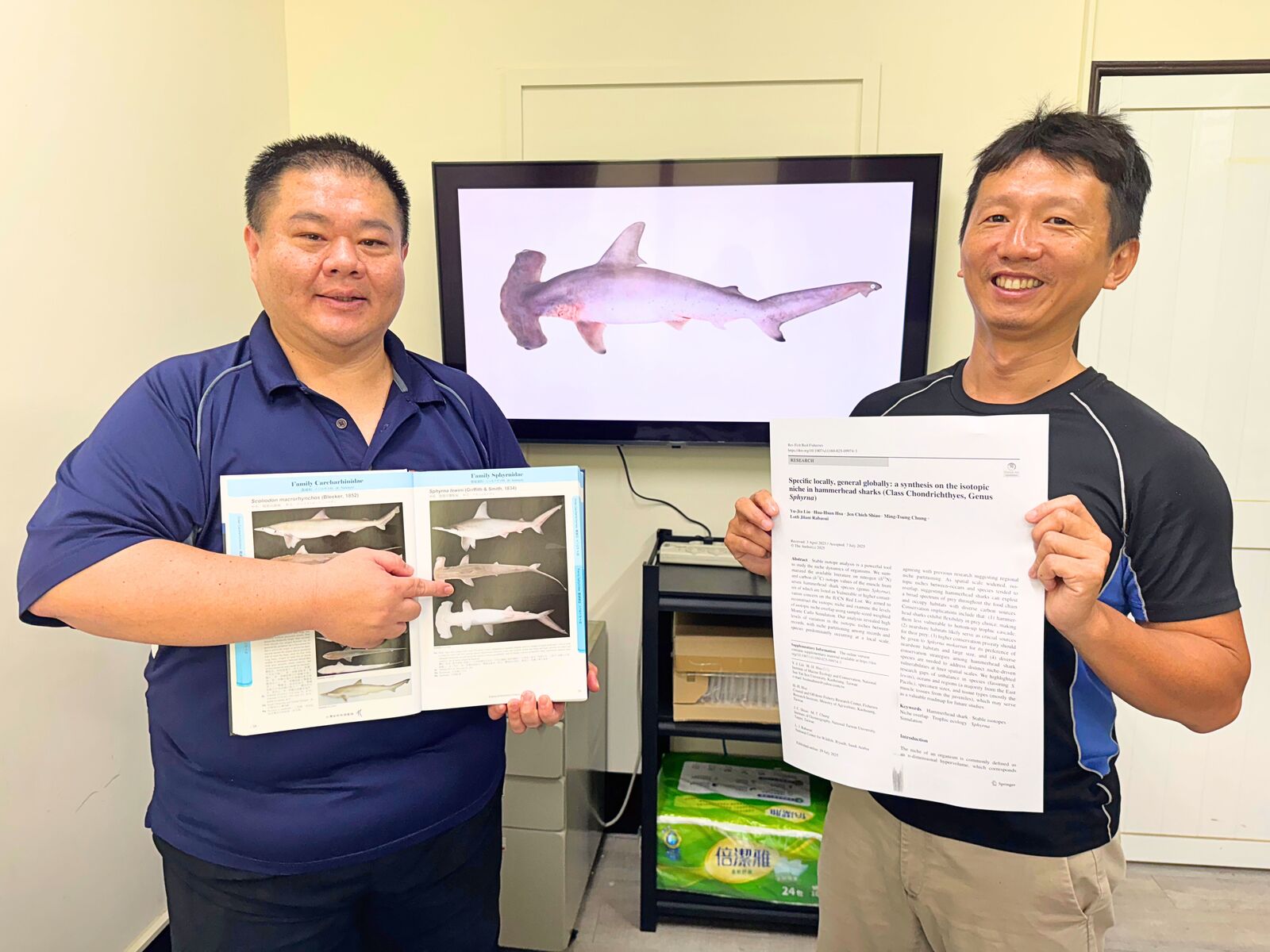
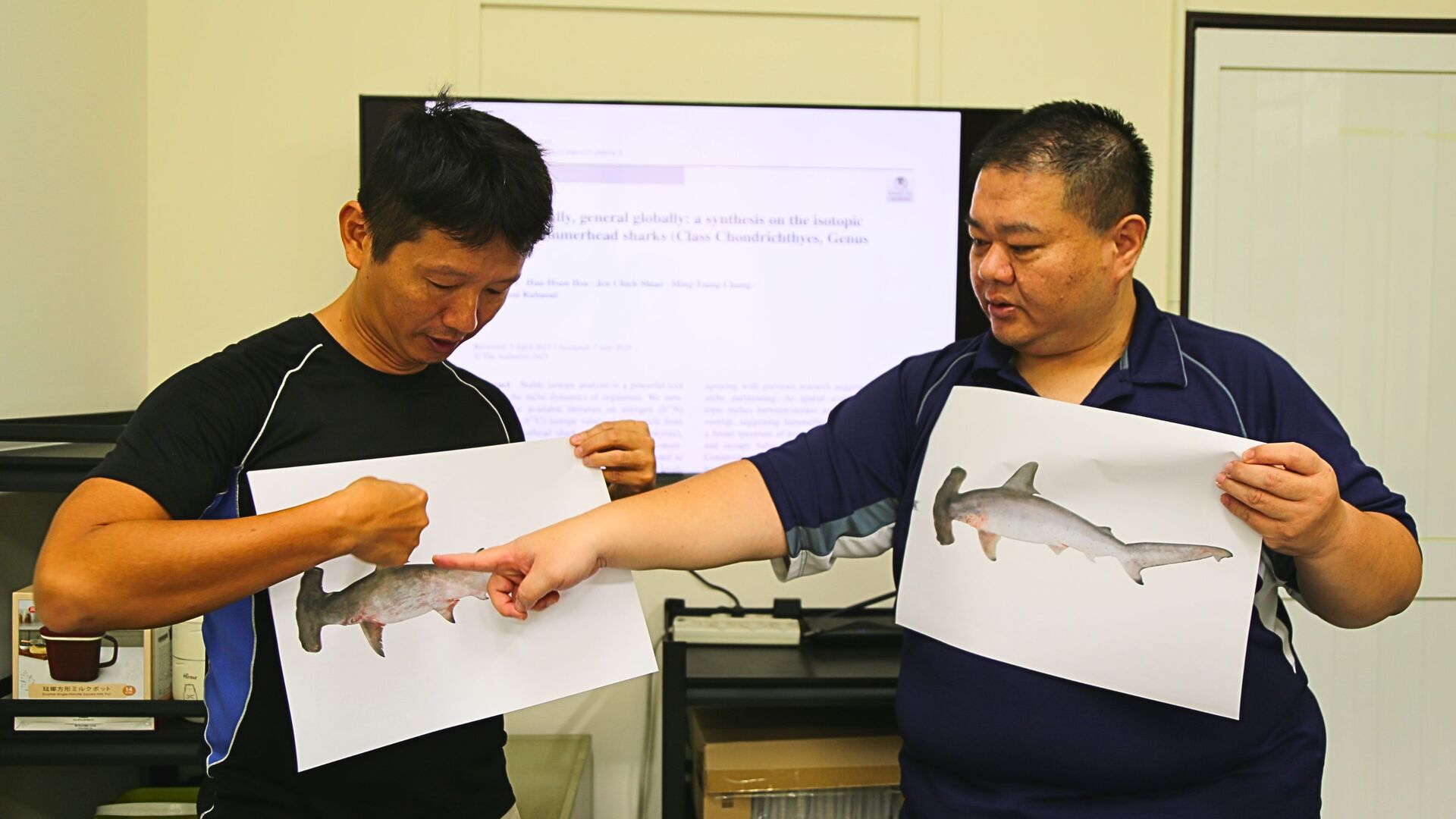
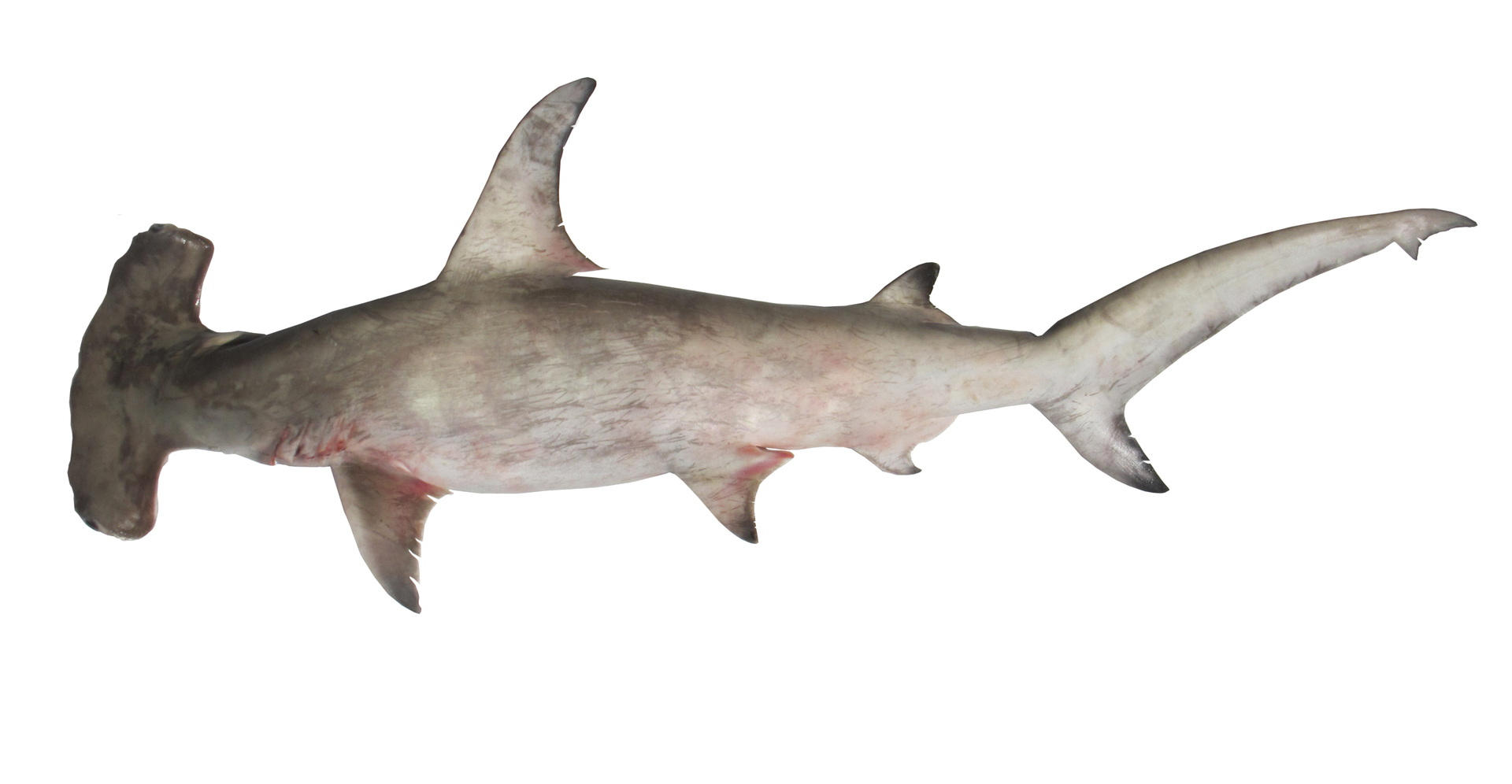
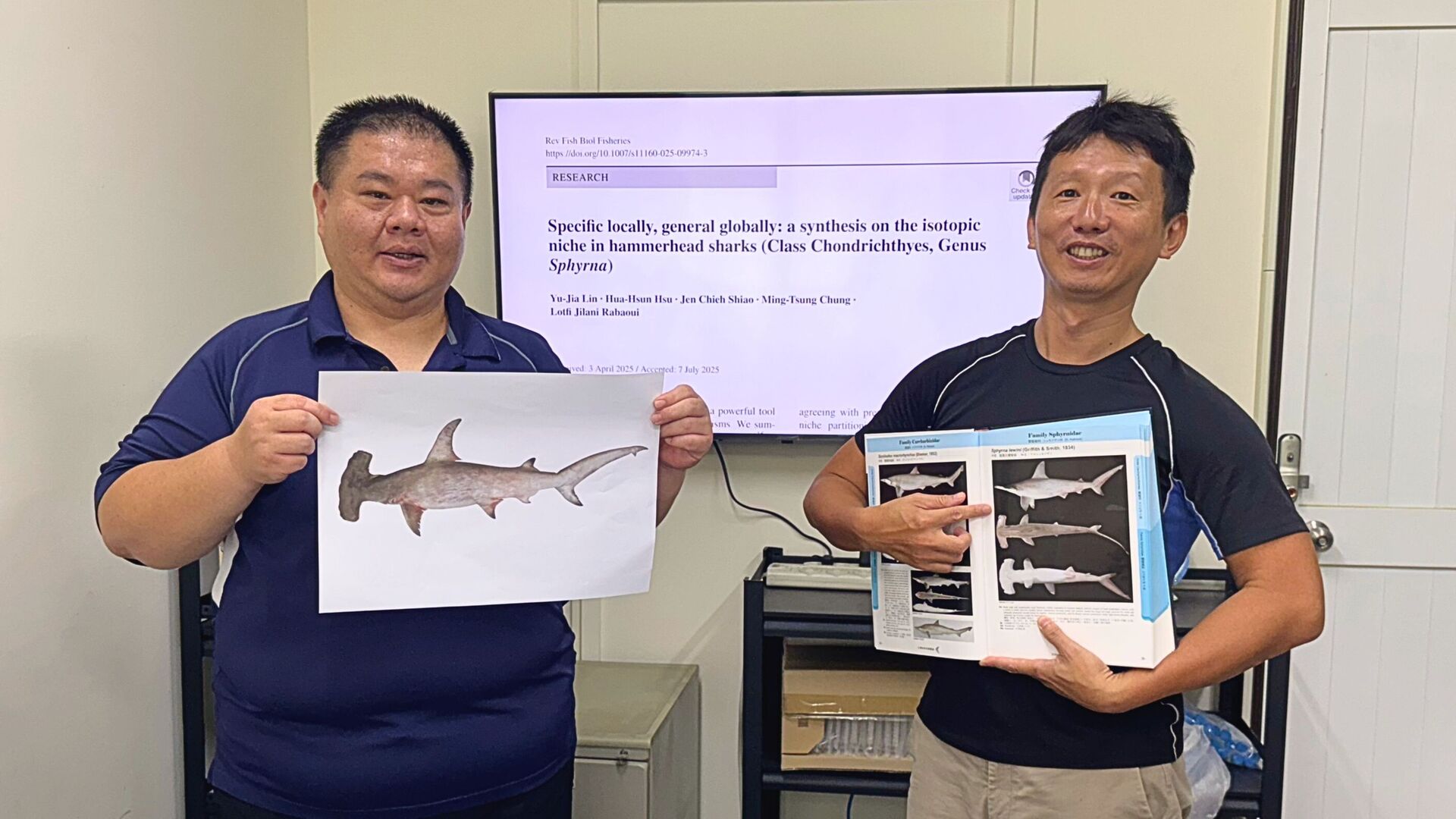
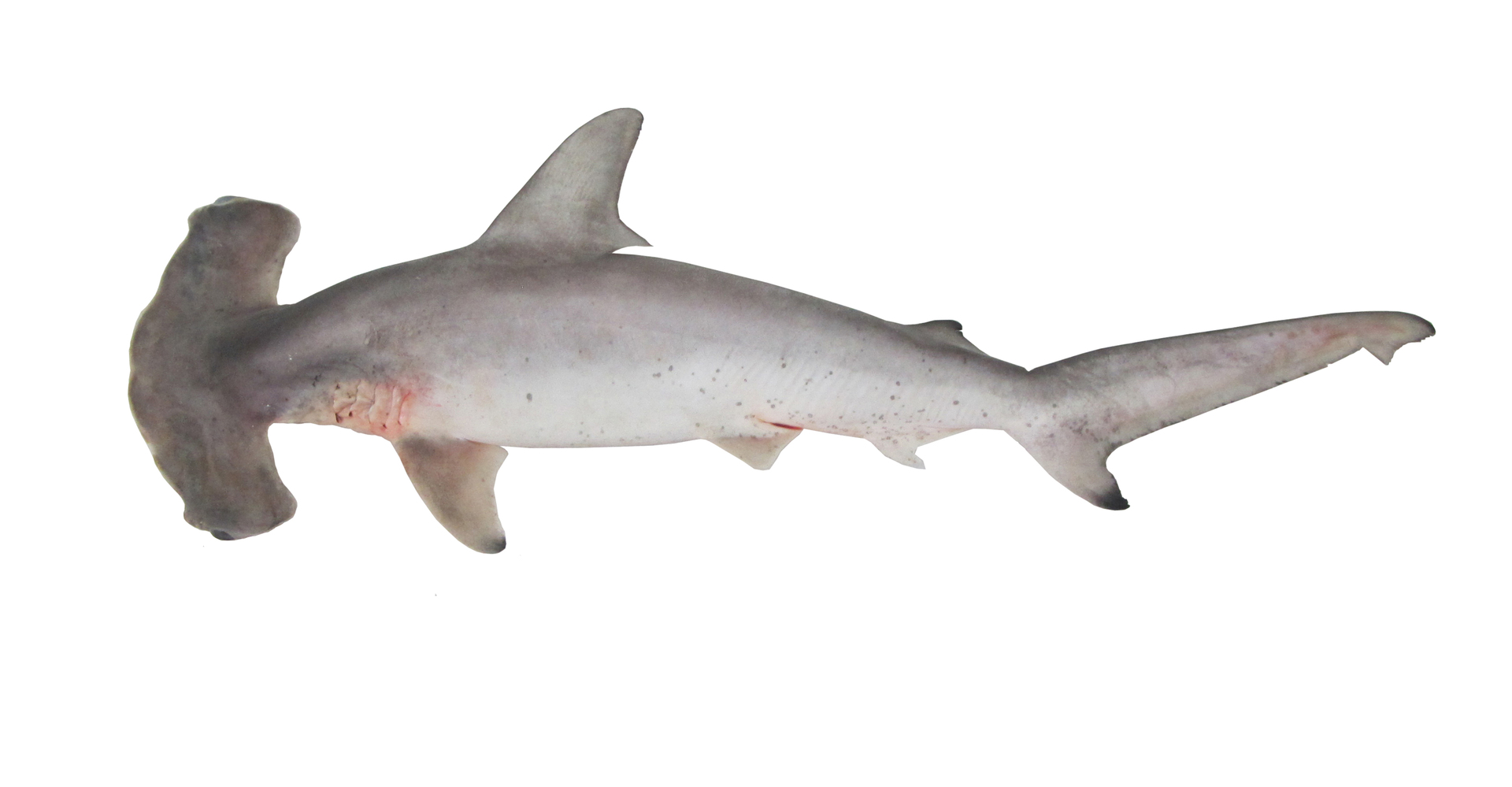
2025-11-10
Contrary to the traditional image of sharks as strict carnivores at the top of the food chain, a new study by National Sun Yat-sen University (NSYSU) reveals that hammerhead sharks display remarkable dietary flexibility, not depending on a few types of prey and feeding on whatever food is available in their local habitat.
Assistant Professor Yu-Jia Lin of the NSYSU Institute of Marine Ecology and Conservation, together with Dr. Hua-Hsun Hsu, a Research Fellow at the Coastal and Offshore Fishery Research Center, Fisheries Research Institute, Ministry of Agriculture, examined the flexible feeding behavior of hammerhead sharks and proposed an innovative conservation perspective: rather than focusing on the open ocean, conservation efforts should prioritize nearshore fish habitats that sustain species such as hammerhead sharks. The study, which also recommends tailored diverse strategies for different hammerhead shark species, was published in the top international journal Reviews in Fish Biology and Fisheries.
"Their diet is as diverse as human," said Dr. Lin. "Just as people eat braised pork rice in Taiwan, sashimi in Japan, and kimchi in Korea, hammerhead sharks can also adjust their diet to local availability." For example, the scalloped hammerhead sharks (Sphyrna lewini) can eat a wide range of food items across ocean regions, while the bonnethead sharks (Sphyrna tiburo) can even consume and digest seagrass, challenging the traditional view that sharks are strict carnivores. Such dietary flexibility enhances the resilience of hammerhead sharks to fluctuations in prey availability. What truly matters, Lin emphasized, is the quality and integrity of coastal habitats, which often serve as crucial feeding grounds for these sharks.
"Since they are not picky eaters, conservation should focus on where they eat, rather than what they eat". Lin explained. For hammerhead sharks, shallow nearshore waters are not only feeding grounds but also vital nurseries for juveniles. "Protecting coastal habitats and preventing overfishing and excessive development are key to sustaining the hammerhead shark food web." Lin added that the great hammerhead shark (Sphyrna mokarran), which relies heavily on nearshore waters for breeding, nursery, and feeding, is particularly vulnerable to fisheries exploitation and bycatch due to its large size. Habitat degradation not only threatens juvenile growth but also jeopardizes population sustainability. The study provides new scientific evidence for advancing shark conservation and coastal ecosystem management. Given the ecological differences among hammerhead species, a diversified conservation strategy is needed, including the establishment of coastal protected areas, fisheries management, and bycatch mitigation to reduce extinction risks.
According to Hsu, hammerhead sharks — also known as "hammer sharks" or "bonnethead sharks" — are among the most distinctive marine species due to their unusual head shape, characterized by lateral expansion of the cephalofoils. The research synthesized data from 41 global studies, encompassing 1,855 individuals across seven hammerhead shark species distributed throughout the world's three major oceans. Of these, six species are listed as Threatened by the International Union for Conservation of Nature (IUCN), and four are classified as Critically Endangered. By analyzing stable isotopes of carbon-13 and nitrogen-15 in shark muscle tissues, the team reconstructed the "isotopic niche" of hammerhead sharks to determine their diet, trophic position, and habitat use. Monte Carlo simulations were then applied to estimate ecological niche overlap among different species and populations. The findings reveal that hammerhead sharks in the same region reduce competition by selecting different prey species. Yet, on an oceanic or global scale, their ecological niches overlap considerably, demonstrating their ability to adapt to diverse food resources. Other contributors include Professor Jen Chieh Shiao and Assistant Professor Ming-Tsung Chung from National Taiwan University's Institute of Oceanography, and researcher Lotfi Jilani Rabaoui from the National Center for Wildlife in Riyadh, Saudi Arabia.
Journal link: https://link.springer.com/article/10.1007/s11160-025-09974-3
